This month, we’re going to take a little trip back in time. I was sitting in my Granny Redmond’s kitchen recently, looking through some of her old cookbooks. Let’s just say, we had a good giggle and a serious case of nostalgia. A lot of these retro bakes have become true classics; Black Forest gateaux, sherry trifles and baked Alaskas, to name but a few, are die-hard favourites that never go out of favour. I’m going to show you some of the great baking tips and tricks we’ve learned throughout the years that we still use today.
My cream isn’t whipping

In the past, people didn’t have electric mixers, so whipping cream was often back breaking work. A trick was to add a few drops of lemon juice into the cream so the cream would whip easier. You need to be careful with this one, as adding too much lemon will make the cream sour. In situations like this, when just a few drops of lemon juice are needed for a recipe, don’t cut the lemon in half. Instead, stick a fork in one end and squeeze out the juice required. The lemon will not dry out and can be kept for future use.
DIY buttermilk
Buttermilk adds flavour and a creamy thickness to a bake. The acid in buttermilk activates the bicarbonate of soda and baking powder in a recipe, a reaction that causes your bread or muffins to rise. When ingredients weren’t as readily available as they are today, a quick and easy way to create ‘buttermilk’ was to add one tablespoon of lemon juice or vinegar to 250ml of milk (you can make as much as you need by keeping the ratios the same). Allow this to sit at room temperature for about 10 minutes. This isn’t exactly the same as shop-bought buttermilk, but it will give you the acidity needed to react with the baking powder or bicarbonate of soda in the recipe.
But what about the butter?
Most of us remember our grannies keeping the butter dish in the press. When it comes to baking, using ingredients such as butter and eggs at room temperature is essential. This was especially important due to the lack of electric mixers; our grannies had some serious muscles from all that whisking!
However, when it comes to making pastry, cold butter is a must. An old fashioned trick for pastry making was to store the butter in the freezer. To get a deliciously flaky pastry, use a box grater to grate the frozen butter into the flour. Once the pastry is baked, the fat melts, leaving gaps in the dough that puff up with steam to create perfect flaky layers.
Honey hack

I hate working with honey, treacle and golden syrup because of how messy they are to weigh. Granny to the rescue! Greasing your spoon or measuring bowl with a little butter or oil before weighing sticky ingredients will allow them to slide right off – no more sticky mess.
Oh shell no!
Did a little shell fall into your mix? Wet your finger to get it out. The egg shell will stick to your finger and will make it much easier to remove.
That’s my jam!
A great trick for checking if your jam is set is by placing a plate into the freezer for about 15 minutes. Drop a teaspoon of the hot jam onto the frozen plate. Push your finger through the jam on the plate; if the jam wrinkles and doesn’t flood back into the gap, it is good to go! If the jam doesn’t wrinkle, put the plate back into the freezer and allow the jam to simmer for another five minutes before you test again.
All 4 one and one 4 all!
A classic sponge recipe is the 4-4-4 method. For the sponge just use 4oz (120g) flour, 4oz sugar, 4 eggs and one teaspoon baking powder. Whisk together the eggs and sugar until stiff. Sieve in the flour and baking powder and gently fold it in. Spoon into the tins and bake. This recipe is a golden oldie, and is so easy to remember
Softer crust

Granny Redmond knows best when it comes to making brown bread. Once the brown bread is baked, it is removed from the tin and wrapped in a clean tea towel. Place the wrapped brown bread onto a wire rack to cool. By wrapping the bread in the towel it will give your bread a softer crust and will make it easier to slice…thanks Granny!
Cutterless
You can buy almost any shape and size of cutter nowadays. When I was small, we used to use a glass or a butter knife to cut out shapes. My favourite was to make an “S” for Shannon using a snake of biscuit dough.
Out of my weigh!
Do you remember the Tala measuring cone? All of the different weights for the different ingredients were marked inside. All you had to do was pour the ingredient up to the correct line for the weight. This was how I learned how to bake, and it was the best thing ever. That measuring cup was used until it fell to pieces.
The Bundt is back!

The Bundt tin was invented back in the 1950s and has become such an iconic shape of cakes. The Bundt cake has a beautiful simplicity about it. Once the sponge is tipped out of the tin, there is a lovely pattern on the outside. Now it’s coming back into fashion, it’s important to know your Bundt tin. If the tin isn’t well prepped, the sponge should tip out of the tin easily with no rips or tears. You can now buy non-stick Bundt tins, but if you have an old fashioned one, there is a trick for success. Brush the whole inside of the tin with melted butter and place in the freezer. Once the first butter layer has hardened, brush the tin again with more butter and then dust completely with flour. The flour acts as a barrier to stop the butter from frying the outside of the sponge. Your Bundt cake should come out with ease.
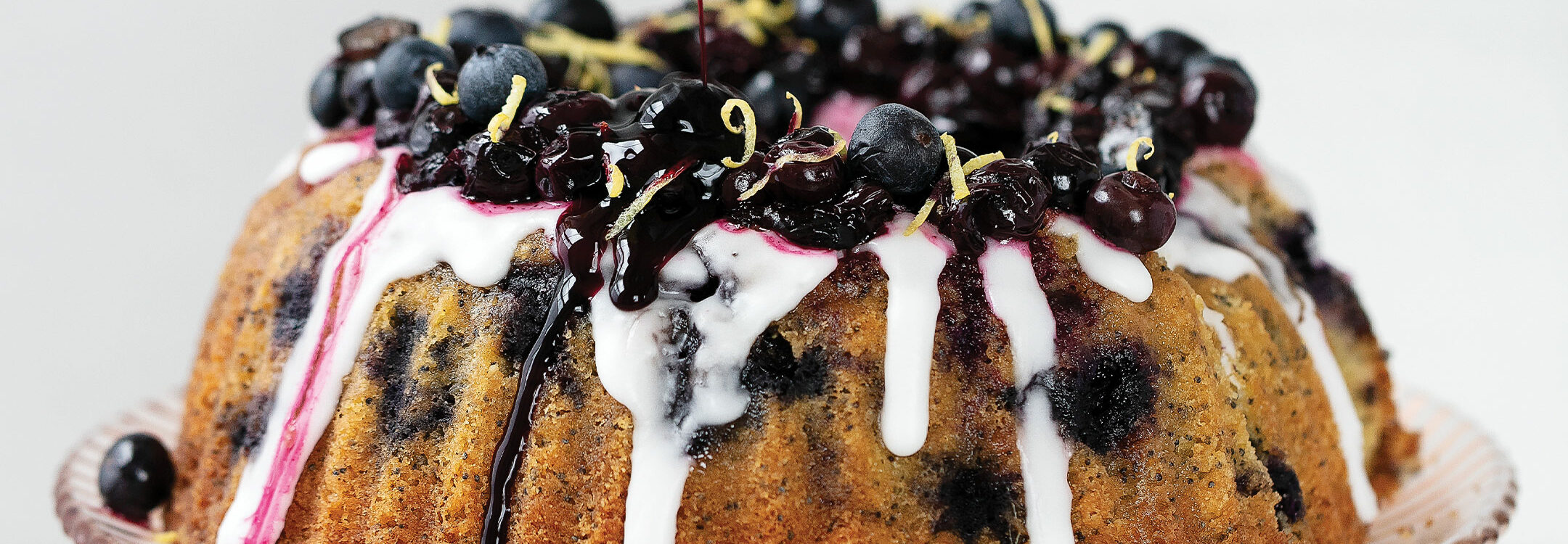
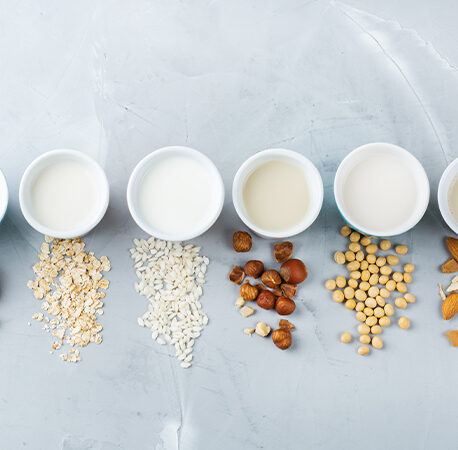
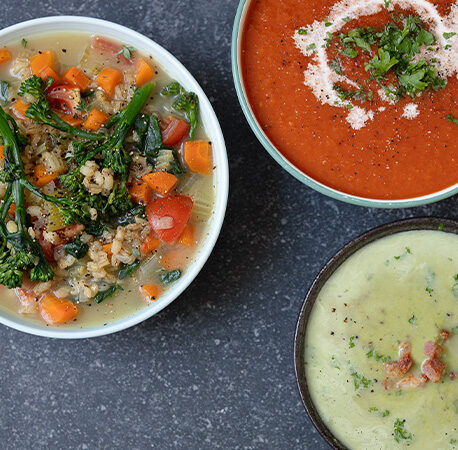
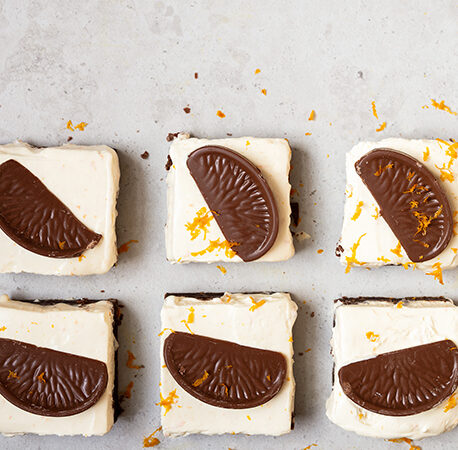
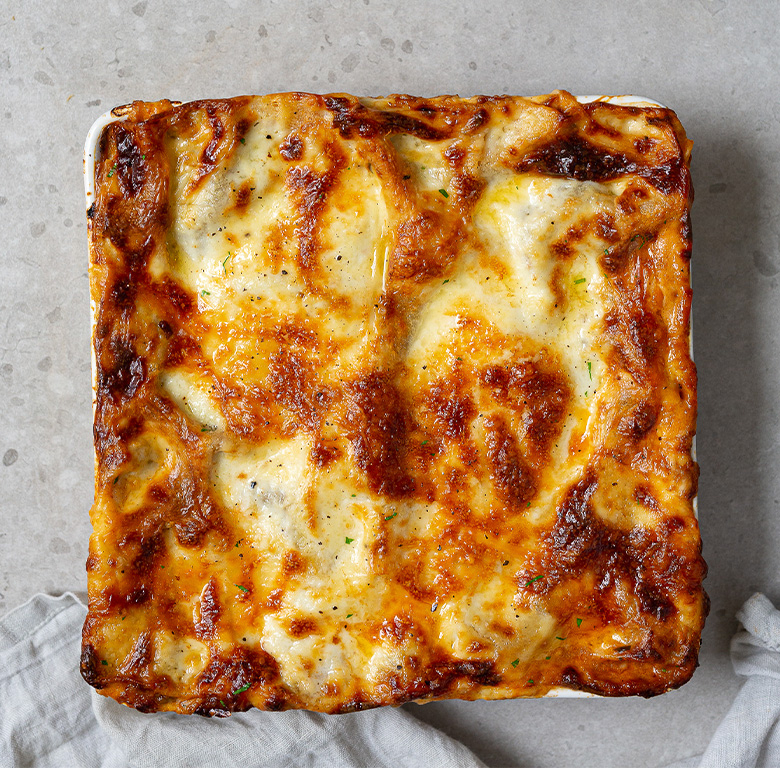

You have to be signed in to comment this post.